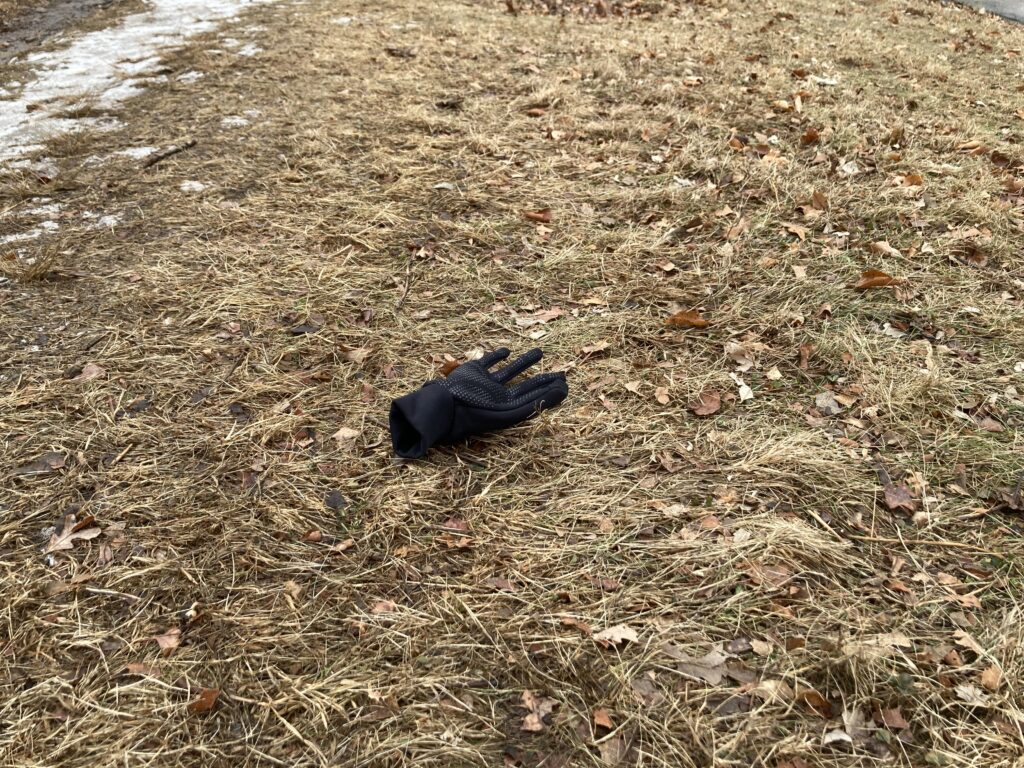6 miles
bohemian flats and back
37 degrees
Warmer today! And clear, ice-free paths! Not looking like December at all. I decided to run to the flats so I could see if the water seeping out of the rock wall was still frozen now that it had warmed up. It looked like it was, at least to me, but I could hear some trickling water too. What will it look like this afternoon? I heard a few geese, admired the form of a few other runners after they passed me, noticed my shadow and a few streaks of blue sky when the sun came out from behind the clouds briefly. It wasn’t the easiest run, but it wasn’t the hardest either.
Heading north, I listened to a train — or was it a light rail? — horn honking repeatedly. Not sure what was happening; too many honks, and too insistent, for business as usual. Was there an accident? Returning south, I put in my “It’s Windy” playlist, but then switched to “Slappin’ Shadows.”
Here’s a wonderful poem I discovered this morning. That last line!
Sign/ Sahar Romani
After Rumi, After Terrance Hayes
What aren’t you willing to believe. A heart
graffitied fuchsia on the street, a missive from another life.
Remember the stem of lavender you found
in a used copy of Bishop’s poems, a verse underlined:
The world is a mist. And then the world is
minute and vast and clear. Suddenly, across the aisle
a woman with your mother’s bracelets, her left wrist
all shimmer and gold, you almost winced.
Coincidence is the great mystery of the human mind
but so is the trans-oceanic reach of Shah Rukh Khan’s
slow blink. Each of us wants a hint, a song
that dares us to look inside. True, it takes whimsy
and ego to believe the universe will tap your shoulder
in the middle of a random afternoon. That t-shirt
on a stranger’s chest, a bumper sticker on the highway upstate.
Truth isn’t going anywhere. It’s your eyes passing by.
Today I’m working on a section of Haunts about forms and shadows and seeing things slant, off to the side, in order to grasp (some of) their truth. I’m thinking I will mention how the mississippi is one of the more trained/shaped/managed rivers — with locks, dams, dredging.
a lone black glove
Almost always, when I see a discarded glove on the ground on my run it is black. Okay, today, I saw a gray one draped on a branch. As I walked home after my run, I encountered a lone black glove on the ground and decided to take a picture of it.

added, 17 dec 2024: As I was working on a section of Haunts about form, I remembered something else I witnessed yesterday during my run. Somewhere between the trestle and lake street bridge, I noticed a form on the ground, just through the trees. I think it was a sleeping bag with someone (possibly) in it. I’ve seen it here before, but only as a quick flash while I run by. Am I seeing it correctly, or is it like the stacked limestone under the franklin bridge that I always think is a person sitting up against one of the pilings?